Almond flour has become a popular alternative flour in many recipes and dietary lifestyles like keto, paleo, and gluten-free. Made from blanched, ground almonds, almond flour offers a nutty flavor and impressive nutrition profile while being naturally free of gluten.
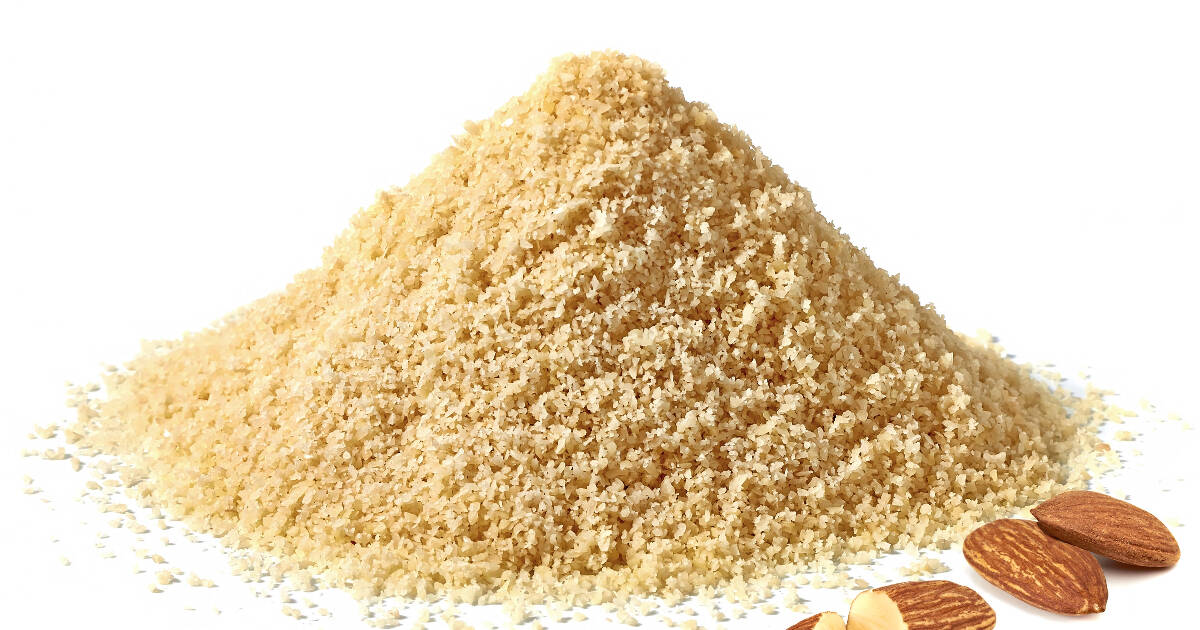
However, you may find yourself needing an almond flour substitute if you have a nut allergy, want to avoid almonds, or simply run out of almond flour. The good news is there are various flours and ingredients that can effectively stand in for almond flour in recipes.
Why Use Almond Flour?
Before diving into the substitutes, it helps to understand why almond flour is valued in many recipes and diets.
Here are some of the key reasons that make it a popular choice:
- Nutty, mild flavor: Almond flour has a subtle nutty sweetness that adds flavor without overpowering. This allows it to work in both sweet and savory dishes.
- Moist, dense texture: The high-fat content of almond flour creates a rich, moist texture in baked goods. This moisture produces tender baked goods that hold together well.
- Gluten-free: Since almonds are naturally gluten-free, almond flour avoids gluten while still being suitable for baking. This makes it perfect for gluten-free, paleo, and other specialty diets.
- Lower carb: Compared to traditional flours, almond flour is lower in net carbohydrates while being higher in healthy fats and plant-based protein. This makes it useful for low-carb and keto diets.
- Nutrition: Almonds provide healthy fats, protein, fiber, magnesium, riboflavin, calcium, and other beneficial nutrients. Using almond flour boosts the nutrition in recipes.
Almond Flour Substitutes to Try
When you need an alternative to almond flour, you have several options to consider.
Here are some of the top substitutes and how they compare:
Nut Flours
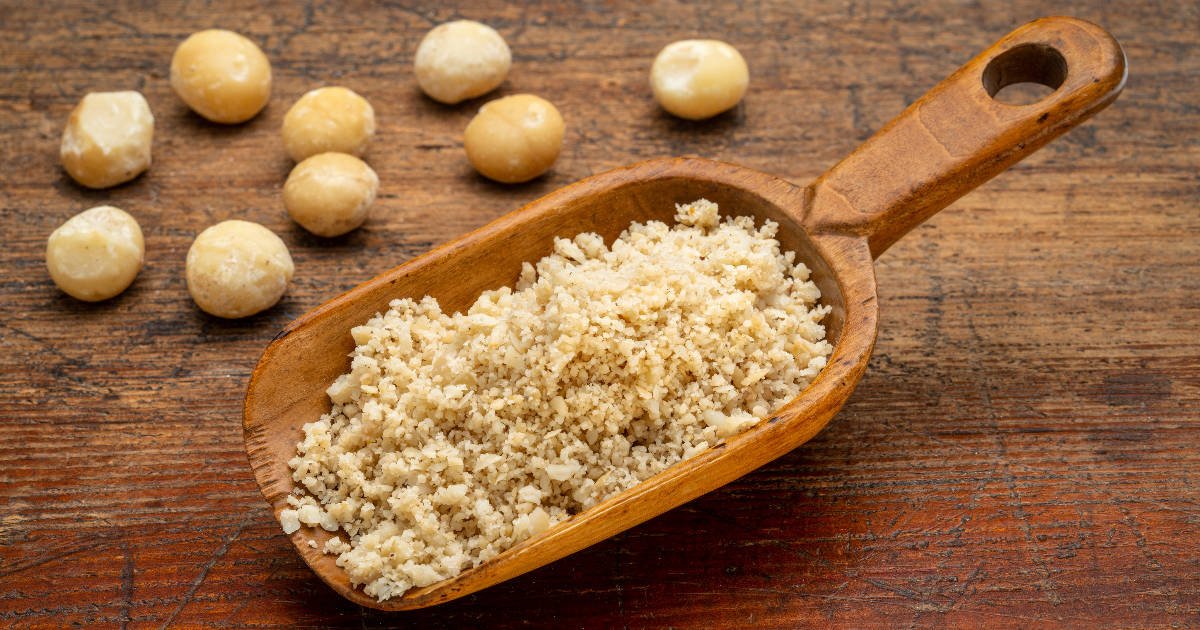
For the closest match, look to other nut flour like cashew flour, pecan flour, and macadamia nut flour. Since these alternative nut flours have a similar fat content and mild nutty flavor, they can typically be swapped at a 1:1 ratio for almond flour.
Benefits
- Very similar texture and binding abilities
- Provide nutty flavor
- Often gluten-free and lower-carb
- Nutritionally dense
Drawbacks
- Still contains nuts, so not good for nut allergies
- Can be more expensive than almond flour
- Each has a unique flavor profile
Cashew flour works beautifully in place of almond flour and provides a subtly sweet and buttery taste. Meanwhile, pecan flour has a deep, toasted flavor that pairs wonderfully with chocolate or maple syrup. For a nut flour with more moisture and richness, try macadamia nut flour.
Coconut Flour
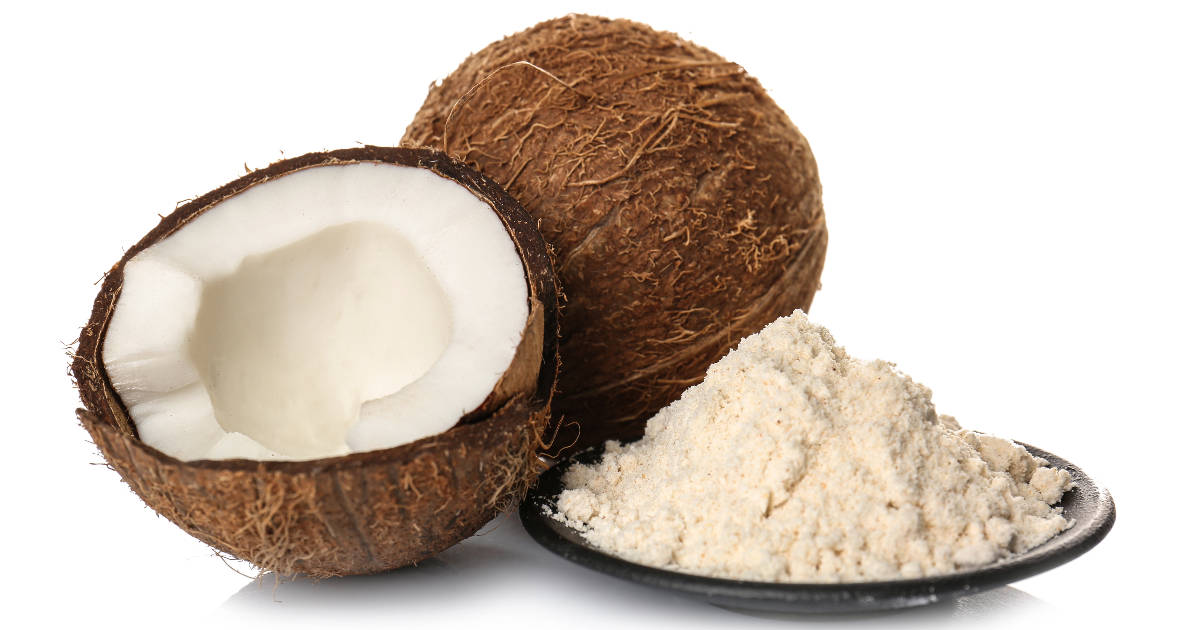
A popular gluten-free and grain-free option is coconut flour. It has impressive fiber content and is lower in carbohydrates than traditional flour. However, coconut flour absorbs significantly more moisture than almond flour.
Benefits
- Gluten-free, nut-free, and grain-free
- Adds moisture and tender texture
- High in fiber and low in net carbs
- Works in sweets and savory dishes
Drawbacks
- Requires more liquid due to absorbency
- Imparts coconut flavor
- Needs recipe adjustments from almond flour
When using it as an almond flour substitute, it's best to start with a 1:1/4 ratio, using 1/4 cup of coconut flour for every 1 cup of almond flour. Then, increase eggs, milk, water, or other wet ingredients to compensate for the extra moisture absorption.
Oat Flour
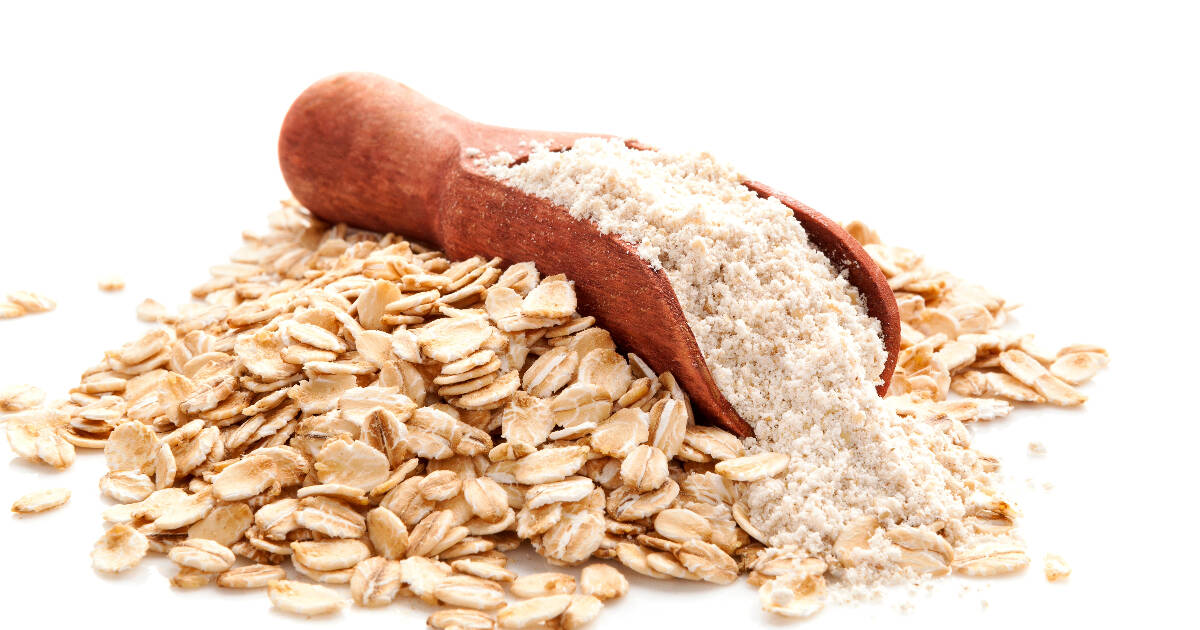
For those avoiding nuts, oat flour makes an excellent substitute for almond flour. It has a mild oat flavor that works in both sweet and savory recipes. You can grind old-fashioned oats into flour, or look for oat flour.
Benefits
- Nut-free option with neutral oat flavor
- Adds nutrition like fiber and iron
- Gluten-free as long as certified gluten-free oats are used
Drawbacks
- Higher in carbohydrates than almond flour
- May absorb less moisture than almond flour
Oat flour can typically be substituted 1:1 for almond flour by weight in recipes. You may need to increase moisture with extra eggs, milk, or oil since it absorbs less than almond flour.
Seed Flours
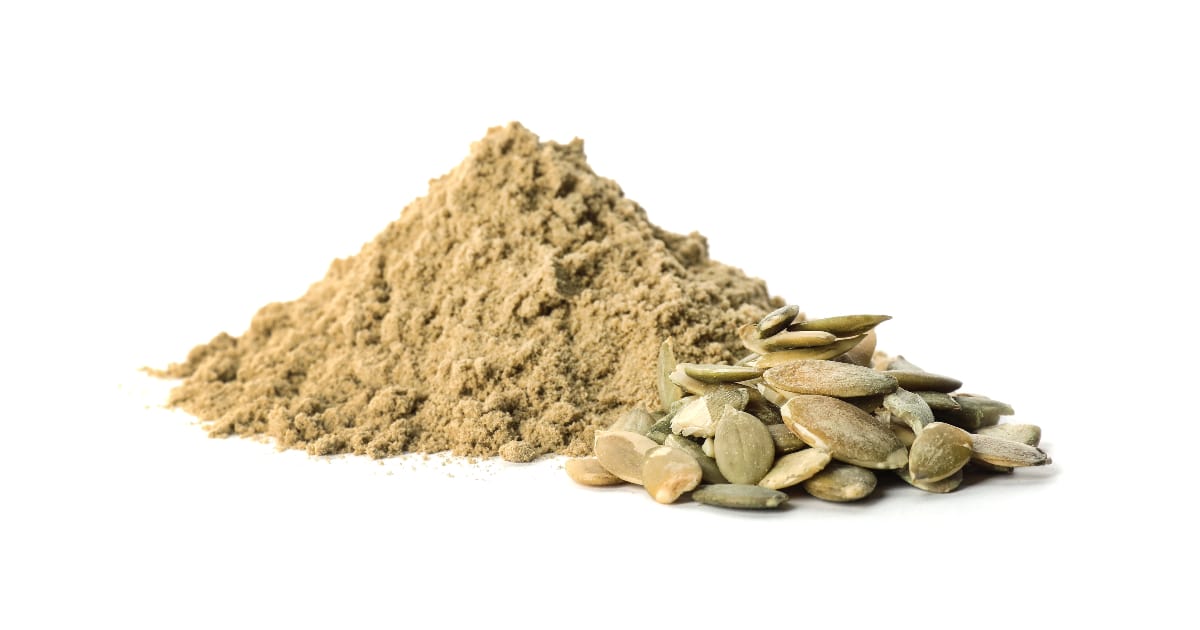
Flours made from seeds like sunflower seeds, pumpkin seeds, and flaxseeds also make suitable almond flour substitutes. They deliver texture and nutrition while avoiding nuts.
Sunflower seed flour has a mild flavor that mimics almond flour beautifully. Meanwhile, pumpkin seed flour provides a nutty, green-colored flour. Flaxseed meal tastes robust and earthy, adding antioxidants like lignans.
Seed flours need no conversions from almond flour. But monitor moisture, adding a touch more liquid if needed.
Gluten-Free Flour Blends
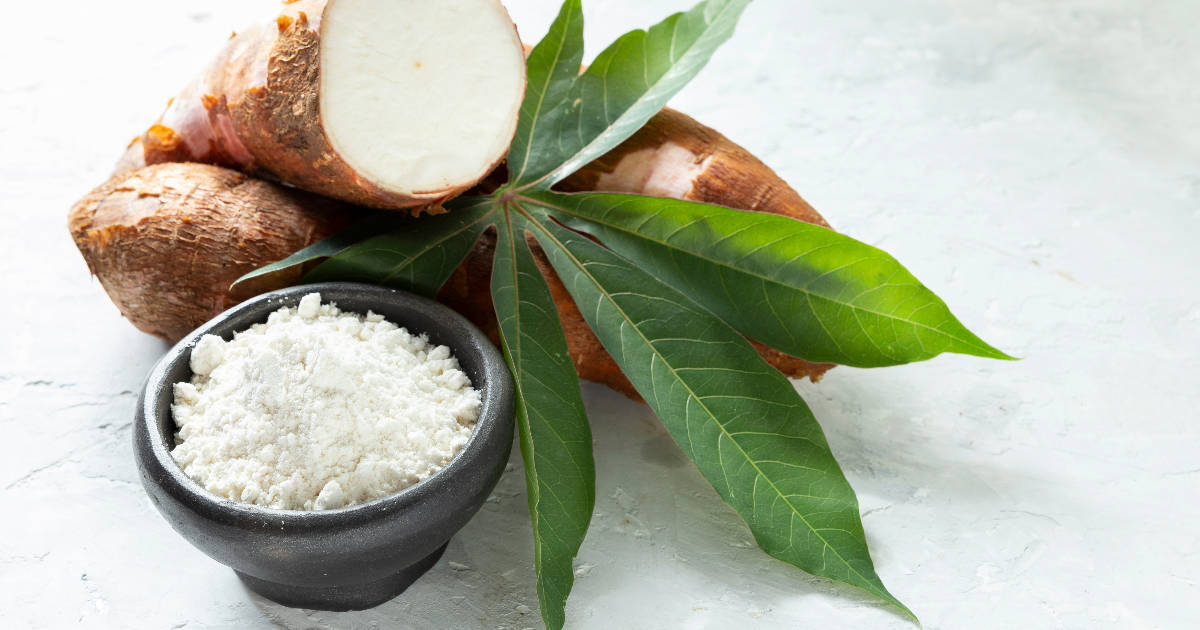
You can make your own gluten-free flour blend by combining flour like rice flour, tapioca starch, potato starch, and xanthan gum. Commercial gluten-free blends are simpler to use.
When substituting a blend for almond flour, you may need to decrease the flour amount slightly, about 1 1/4 cup blend per 1 cup almond flour. Add an extra egg or liquid to ensure proper binding and moisture.
All-Purpose or Whole Wheat Flour
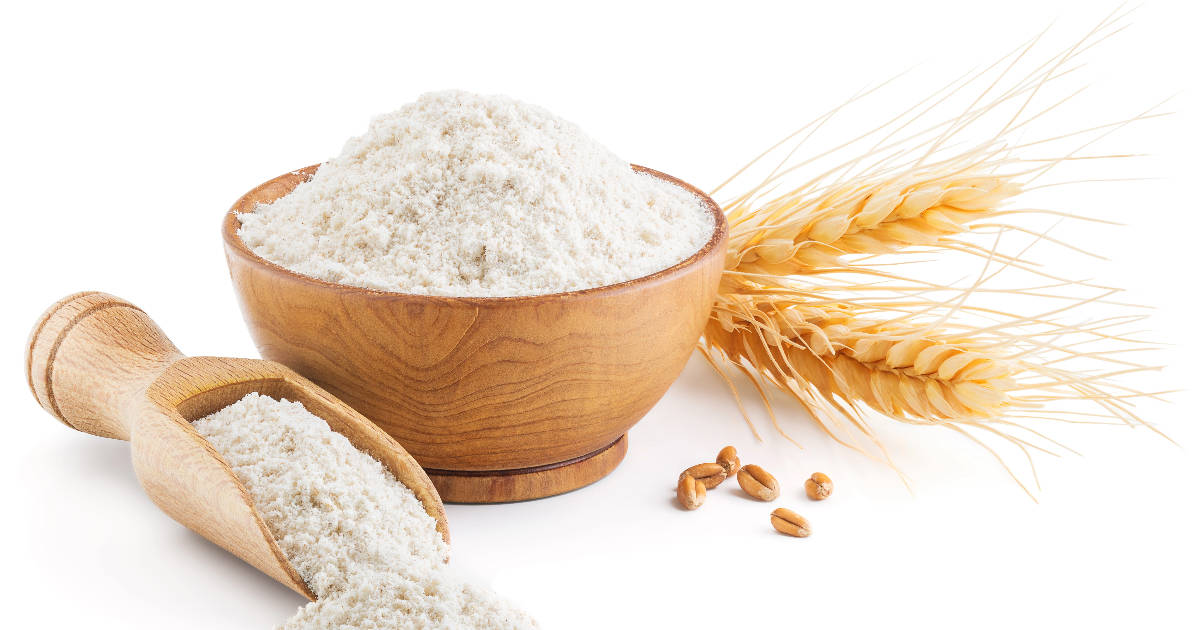
If following a gluten-free diet, wheat flour can't be used. But for others, all-purpose or whole wheat flour can work in some recipes that use almond flour, provided you don't mind a flavor change.
Start with a 1:1 substitution by weight, adjusting as needed for moisture differences. In some recipes, combining half all-purpose and half whole wheat flour yields great results.
Other Grain-Free Flours
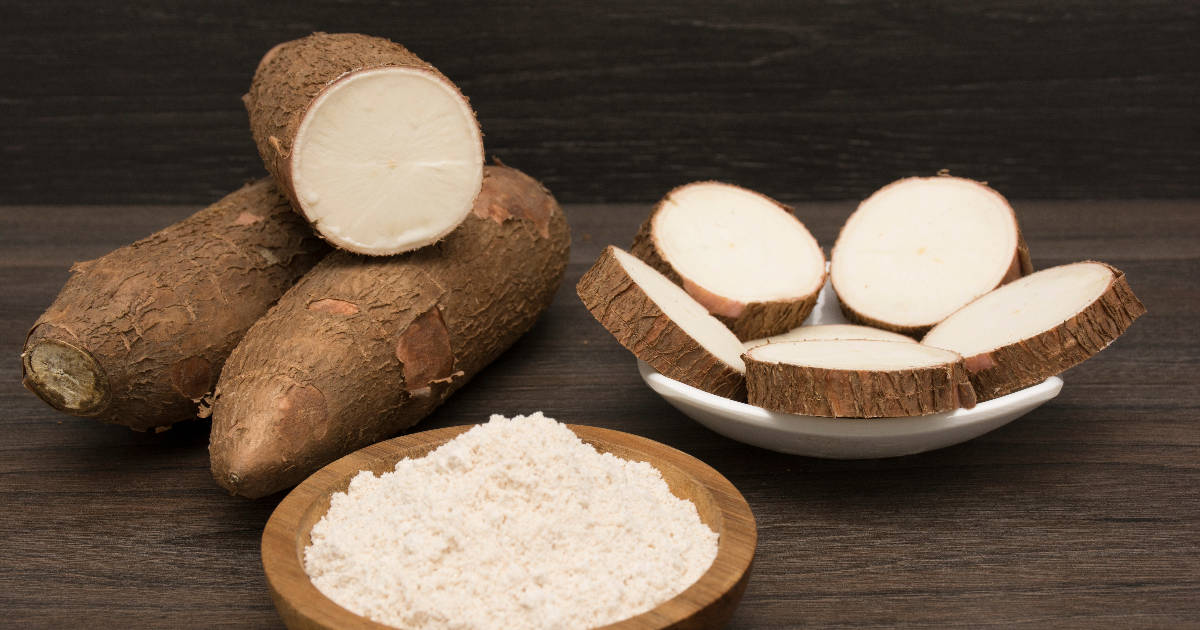
There are several other grain-free flours like cassava flour, banana flour, and chickpea flour that can work in some cases. However, these tend to create very dense and moist textures. It’s best to search for recipes developed specifically for these flours.
Choosing the Best Almond Flour Substitute
When selecting an almond flour alternative, keep these tips in mind:
- Consider any food allergies or dietary needs like gluten-free, nut-free, or low-carb diets.
- Match the fat content as closely as possible by using nut meals or coconut flour.
- Note moisture absorption differences between flours.
- Adjust flavor additions like spices or extracts to complement new flavors.
- Start with weight-based substitutions before tweaking ratios.
- Monitor the batter or dough texture, making adjustments as needed.
- Allow for variations in the final texture or moisture level of baked goods.
- If possible, look for recipes developed specifically for your desired flour.
With the right substitutions and adjustments, you can achieve delicious results with an almond flour alternative that fits your needs and preferences. Always consult allergen statements and do a patch test when using new flours.
How to Make Your Own Almond Flour
If you prefer the flavor and performance of almond flour, you can actually make your own at home with just two ingredients - almonds and a food processor or high-powered blender.
Here is a simple step-by-step method:
- Add 1 1⁄2 cups of raw almonds to the bowl of a food processor. For blanched almond flour, use almonds with the skins removed.
- Process the almonds until they break down into fine flour, about 2-3 minutes, stopping to scrape down the sides as needed. The flour should have a breadcrumb-like texture with no large pieces remaining.
- To ensure an ultra-fine powder, pass the almond flour through a fine mesh sieve or sifter.
- Store any unused almond flour in an airtight container in the refrigerator or freezer. Use within a few months for the best freshness.
Making your own almond flour allows you to control the freshness and quality. While it requires some time upfront, you'll have almond flour ready anytime you need it.
Key Takeaway: Make DIY almond flour at home by processing blanched or natural almonds into a fine flour and sifting to remove larger pieces. Store in the fridge or freezer.
How Almond Flour Substitutes Impact Recipe Outcomes
When swapping almond flour for an alternative flour, you'll likely notice some differences in how the recipe turns out.
Here's how common substitutes can impact various aspects of your baked goods or other recipes:
Appearance
- Coconut flour, sunflower seed flour, flax meal - No significant effect on appearance
- Bean flour, and banana flour - Can turn baked goods darker in color
- Pumpkin seed flour - Imparts green color
Texture
- Nut flours, oat flour - Maintain tender, dense texture well
- Coconut flour - Can turn more dry and crumbly if moisture is not adjusted
- Seed flours, and grain flours - Slightly less moisture; may be more dense
Rising Ability
- Nut flour, oat flour - Similar rising ability to almond flour
- Coconut flour, grain flours - More rising due to increased elasticity
- Seed flour, cassava flour - Less rising compared to almond flour
Flavor
- Nut flours - Retain nutty flavor
- Coconut flour - Imparts light coconut taste
- Seed and grain flours - Much more neutral in flavor
- Bean flours - Can give earthy, vegetal flavors
Nutrition
- Nut flours, coconut flour - Keep high healthy fat content
- Seed flours - Higher in polyunsaturated fats like omega-3s
- Grain flours - More carbohydrates; less fat
These impacts can vary based on the exact recipe, proportions used, and the way you handle the ingredients. Test small batches first to get a sense of how that particular flour substitution affects your recipe.
Key Takeaway: Substitutes can alter texture, moisture, taste, nutrition, and appearance in baked goods. Nut flours tend to perform most similarly to almond flour.
FAQs
What is the best nut flour to use instead of almond flour?
For most recipes, cashew flour makes the best replacement for almond flour. Pecan flour and macadamia nut flour also work well in many baked goods.
Can I use all-purpose flour instead of almond flour?
Yes, you can substitute all-purpose flour for almond flour, as long as the recipe doesn't rely on almond flour's gluten-free properties. Use a 1:1 ratio by weight.
Is coconut flour a good almond flour substitute?
Coconut flour can work but requires adjustments to liquid to prevent dryness. Start with 1/4 the amount of coconut flour to almond flour, and increase the wet ingredients.
How do you thicken a recipe when substituting almond flour?
Substitutes may change moisture absorption. Thicken batters by adding extra eggs, reducing liquid slightly, or using thickeners like gelatin, cornstarch, or xanthan gum.
Which is healthier, almond flour or coconut flour?
Both offer health benefits. Almond flour provides more monounsaturated fat and vitamin E. Coconut flour is higher in fiber and minerals like iron. Choose based on your needs.
Can I make almond flour from almond butter?
Technically yes, but the high fat content of almond butter can create issues with spreading and moisture in baked goods. Blanched almonds work better.
What can I use if I don't have any almond flour?
Some easy pantry substitutions include oat flour, sunflower seed flour, flax meal, pumpkin seed flour, pecan flour, and in some cases, whole wheat flour or gluten-free flour blends.
Conclusion
Almond flour is valued in many recipes for its mild nutty taste, impressive nutrition profile, and gluten-free properties. Luckily, several ingredients can stand in for almond flour when needed.
Flours like cashew, coconut, oats, seeds, and gluten-free blends all make suitable substitutions, with a few adjustments. Consider dietary needs, flavor, and recipe outcomes when choosing an almond alternative.
Keep in mind that batter consistency, bake time, flavor, nutrition, and texture may vary from the original recipe when swapping flours. Tweak added moisture and leaveners if needed.

